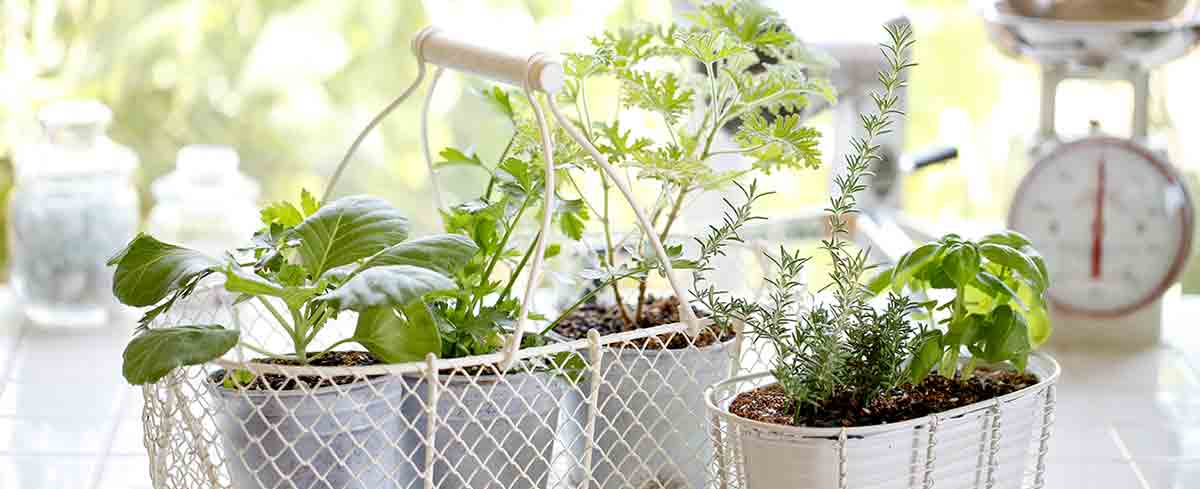If you are lucky enough to have a kitchen or nearby patio area which receives several hours of sunlight every day then those budding chefs among you may well be interested in using it to grow ingredients to complement your cookery. Put simply, a kitchen garden is one which is a few steps away from where you cook and is a wonderful cost effective way to avail yourself of seasonal vegetables, herbs and fruits.
Choosing where to Grow
Just like when house hunting, finding a spot for you kitchen garden is all about location, location, location. For an outdoor kitchen garden your garden should benefit from the following:
If you want a good test of suitability, then look at those areas of soil shortly after a spell of rain where no puddles remain. No puddles means good drainage.
Getting Ready to Plant
You now have a couple of options where actual planting is concerned. You can plant directly into the soil or if the area of ground is less than ideal then the alternative would be to use a raised bed. This can involve a little extra spend, however it can make for a very attractive feature and does help to take some of the work out of planting.
What Crops Should I Grow?
If you are a first time kitchen gardener then the temptation can be to get stuck in and grow as much of everything as you can. Try not to let your enthusiasm cloud your judgement and look to grow only what you enjoy eating. If your first year of crops is successful then you may like to experiment with 2 or 3 new crops in each subsequent year. Buying seeds is an obvious cheap start, however there is nothing wrong with buying seedlings and transferring them into your beds.
Spring Herbs
If your kitchen has a windowsill which receives a lot of sunlight then this is absolutely perfect for herb pots. Make sure that your pots allow to have a deep root and use compost which is gritty and well drained. During spring you may like to try growing a mixture of annual and biannual herbs such as:
Basil loves heat and will be a wonderful accompaniment to tomatoes (which should be sown in the February to April months).
Need any More Advice?
For further ideas, come and visit us here at Burston and we will be more than happy to advise you – especially you first timers!





